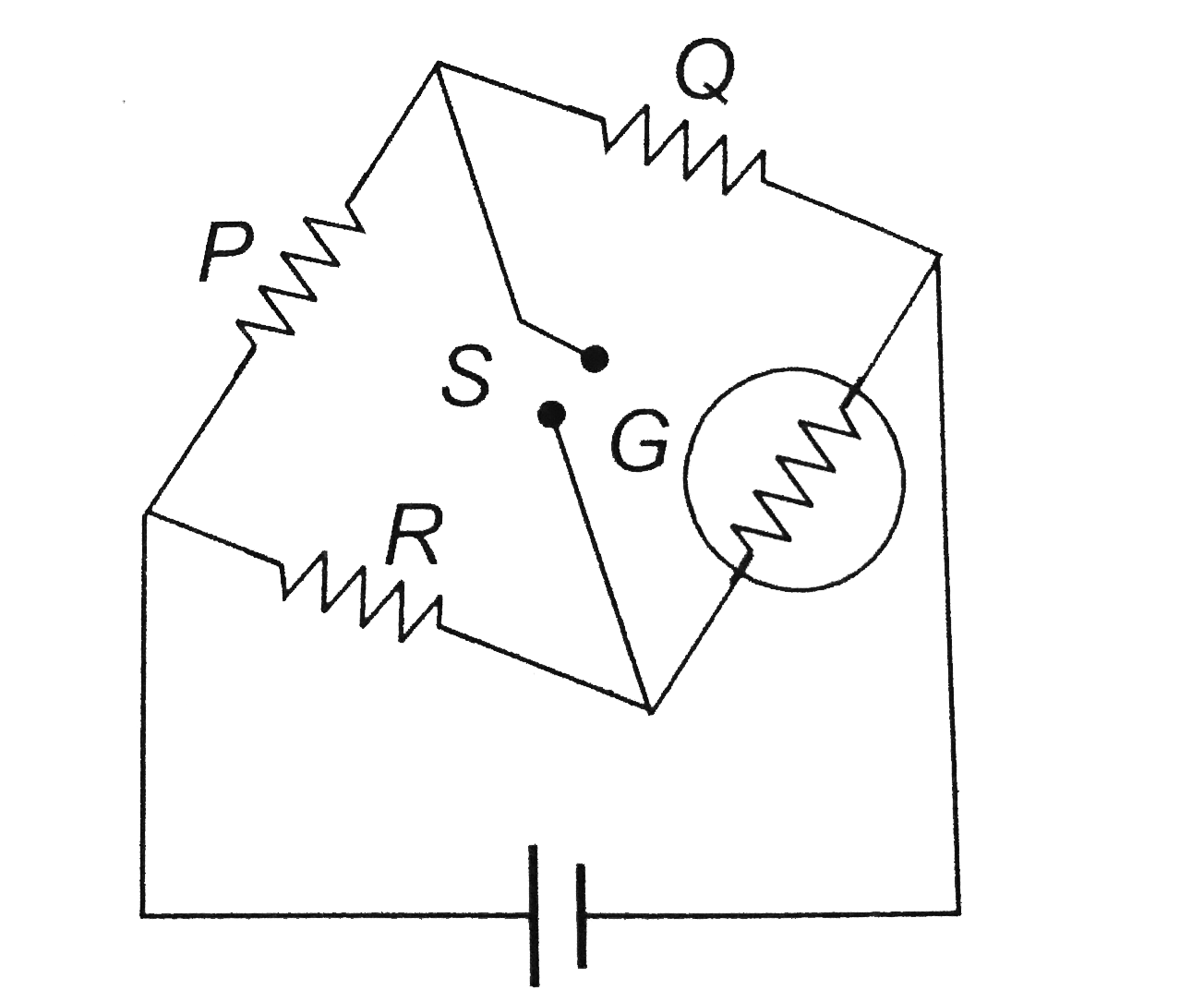Wheatstone Bridge is not suitable for measurement of
very high value resistances.
very low value resistances.
both (A) and (B).
medium value resistances.
The correct Answer is:C
To determine the suitability of the Wheatstone Bridge for measuring different values of resistance, we need to analyze the characteristics of the bridge and how it interacts with various resistance values.
1. Understanding Wheatstone Bridge: A Wheatstone Bridge is a circuit used to measure unknown resistances by balancing two legs of a bridge circuit. It consists of four resistors, a voltage source, and a galvanometer.
2. Measurement of Very Low Resistance:
- When measuring very low resistances (e.g., less than 1 ohm), the lead resistances (the resistance of the connecting wires) become significant compared to the low resistance being measured.
- For example, if the resistance is 0.5 ohms and the lead resistance is 0.02 ohms, the lead resistance can introduce a significant error (2% or more).
- This error can lead to inaccurate measurements, making the Wheatstone Bridge unsuitable for very low resistances.
3. Measurement of Very High Resistance:
- For very high resistances, the current flowing through the circuit becomes very small due to Ohm's law (I = V/R).
- A high resistance can cause the deflection in the galvanometer to be negligible, making it difficult to obtain a clear reading.
- If the resistance is too high, the current may be so low that it does not produce a measurable deflection in the galvanometer, rendering the Wheatstone Bridge ineffective for high resistance measurements.
4. Conclusion:
- The Wheatstone Bridge is not suitable for measuring both very low and very high resistances. It is most effective for medium-range resistances where the effects of lead resistance and galvanometer sensitivity are optimal.
5. Correct Answer: Therefore, the Wheatstone Bridge is not suitable for measurement of both very high and very low resistance.
- When measuring very low resistances (e.g., less than 1 ohm), the lead resistances (the resistance of the connecting wires) become significant compared to the low resistance being measured.
- For example, if the resistance is 0.5 ohms and the lead resistance is 0.02 ohms, the lead resistance can introduce a significant error (2% or more).
- This error can lead to inaccurate measurements, making the Wheatstone Bridge unsuitable for very low resistances.
- For very high resistances, the current flowing through the circuit becomes very small due to Ohm's law (I = V/R).
- A high resistance can cause the deflection in the galvanometer to be negligible, making it difficult to obtain a clear reading.
- If the resistance is too high, the current may be so low that it does not produce a measurable deflection in the galvanometer, rendering the Wheatstone Bridge ineffective for high resistance measurements.
- The Wheatstone Bridge is not suitable for measuring both very low and very high resistances. It is most effective for medium-range resistances where the effects of lead resistance and galvanometer sensitivity are optimal.
Similar Questions
Knowledge Check
Wheatstone bridge is not suitable for the measurement of resistance of the order of
AohmBkilo-ohmCmega-ohmDexcept (c)Wheatstone's bridge cannot be used for measurnment of very ………….. Resistance.
AhighBlowChighDzeroWheatstone bridge can be used
Ato compare two unknown resistances.Bto measure small strains produced in hardmetalCas the working principle of meterbridgeDall the above
Wheatstone Bridge and Symmetry Circuit
View SolutionWheatstone's bridge is an arrangement used for measuring
View SolutionIn meter brigde of Wheatstone bridge for measurment of resistance, the known and the unknown resistance are interchanged. The error so removed is
View SolutionThe firgure shows a circuit diagram of a 'Wheatstone Bridge' to measure the resistance G of the galvanometer The relation PQ=RG will be satisfied only when

View SolutionA Wheatstone bridge consisting of four arms of resistances P,Q,R,S is most sensitive when
View Solution
